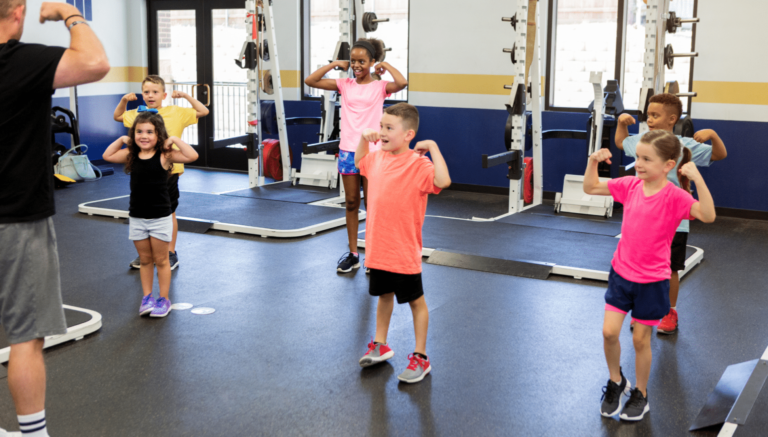Introduction
Body image is how we perceive ourselves physically and how we feel about our appearance. It’s influenced by various factors, including societal standards, media portrayal, and personal experiences. In today’s world, where the emphasis on physical appearance is pervasive, cultivating a positive body image is crucial for mental and emotional well-being.
Defining Body Image
Before delving into strategies to improve body image, it’s essential to understand what it encompasses. Body image isn’t just about how we look but also about how we feel about our appearance. It involves perceptions, thoughts, and feelings about our bodies, which can be positive, negative, or a combination of both.
Understanding Body Image
Factors Influencing Body Image
Our body image is shaped by a myriad of factors, including genetics, upbringing, cultural ideals, and interpersonal relationships. These factors contribute to the formation of our self-perception and influence how we view ourselves physically.
Impact of Media on Body Image

Media plays a significant role in shaping societal beauty standards, often promoting unrealistic ideals of beauty. Constant exposure to airbrushed images and flawless depictions in magazines, movies, and social media platforms can distort perceptions of one’s own body, leading to dissatisfaction and low self-esteem.
Developing a Positive Body Image
Embracing Body Positivity
Body positivity is about accepting and loving your body as it is, regardless of societal norms or standards. It involves shifting the focus from appearance-based judgments to appreciating the functionality and uniqueness of our bodies.
Practicing Self-Compassion
Self-compassion involves treating ourselves with kindness and understanding, especially during moments of self-doubt or criticism. By cultivating self-compassion, we can develop a more forgiving and nurturing relationship with our bodies.
Setting Realistic Goals
Setting realistic and achievable goals can help shift the focus from appearance-based objectives to holistic well-being. Instead of striving for unattainable ideals, focus on goals that promote health, happiness, and personal fulfillment.
Building Confidence
Celebrating Achievements
Acknowledge and celebrate your achievements, whether they’re related to physical fitness, personal growth, or overcoming challenges. Recognizing your strengths and accomplishments can boost self-esteem and confidence.
Surrounding Yourself with Support
Surround yourself with supportive friends, family members, and communities that promote body positivity and acceptance. Having a strong support system can provide encouragement and validation during moments of self-doubt.
Healthy Lifestyle Habits
Nourishing Your Body
Prioritize nourishing your body with wholesome foods that provide essential nutrients and energy. Adopting a balanced and mindful approach to eating can foster a positive relationship with food and body.
Engaging in Regular Exercise
Engage in physical activities that you enjoy and that make you feel good. Exercise should be about honoring your body’s capabilities and enhancing overall well-being rather than solely focusing on appearance or weight loss.
Mindfulness and Self-Care
Incorporating Mindfulness Practices
Practice mindfulness techniques such as meditation, deep breathing, or yoga to cultivate self-awareness and acceptance. Mindfulness can help you tune into your body’s needs and foster a greater sense of connection and appreciation.
Prioritizing Self-Care
Make self-care a priority by engaging in activities that promote relaxation, rejuvenation, and emotional well-being. Whether it’s taking a warm bath, spending time in nature, or indulging in a hobby, find ways to nurture your mind, body, and soul.
Challenging Negative Thoughts
Recognizing and Challenging Distorted Thoughts
Become aware of negative thoughts or beliefs about your body and challenge them with evidence-based reasoning. Practice reframing negative self-talk into more balanced and realistic perspectives.
Conclusion
Cultivating a positive body image is a journey that requires self-reflection, self-compassion, and intentional effort. By embracing body positivity, nurturing healthy habits, and challenging negative beliefs, you can foster a deeper sense of acceptance and appreciation for your body.
FAQs
How long does it take to develop a positive body image? Developing a positive body image is a gradual process that varies for each individual. It may take weeks, months, or even years of self-reflection, self-compassion, and practice to cultivate a more positive relationship with your body.
Can therapy help improve body image? Yes, therapy can be an effective tool for improving body image by addressing underlying issues, challenging negative beliefs, and developing coping strategies. A therapist specializing in body image issues can provide valuable support and guidance throughout the journey towards self-acceptance.
What role does social media play in body image? Social media can influence body image by perpetuating unrealistic beauty standards, promoting comparison, and fostering feelings of inadequacy. It’s essential to curate your social media feed mindfully and seek out body-positive content that promotes diversity and inclusivity.
Is it possible to have a positive body image without being thin? Absolutely. Positive body image isn’t determined by size or shape but rather by acceptance, appreciation, and respect for your body regardless of its appearance. Embracing diversity and rejecting societal beauty norms are key components of cultivating a positive body image.
How does age affect body image? Body image can be influenced by age-related changes in appearance, societal expectations, and life experiences. However, with age often comes wisdom and self-acceptance, allowing individuals to prioritize inner qualities and experiences over external appearance.








+ There are no comments
Add yours